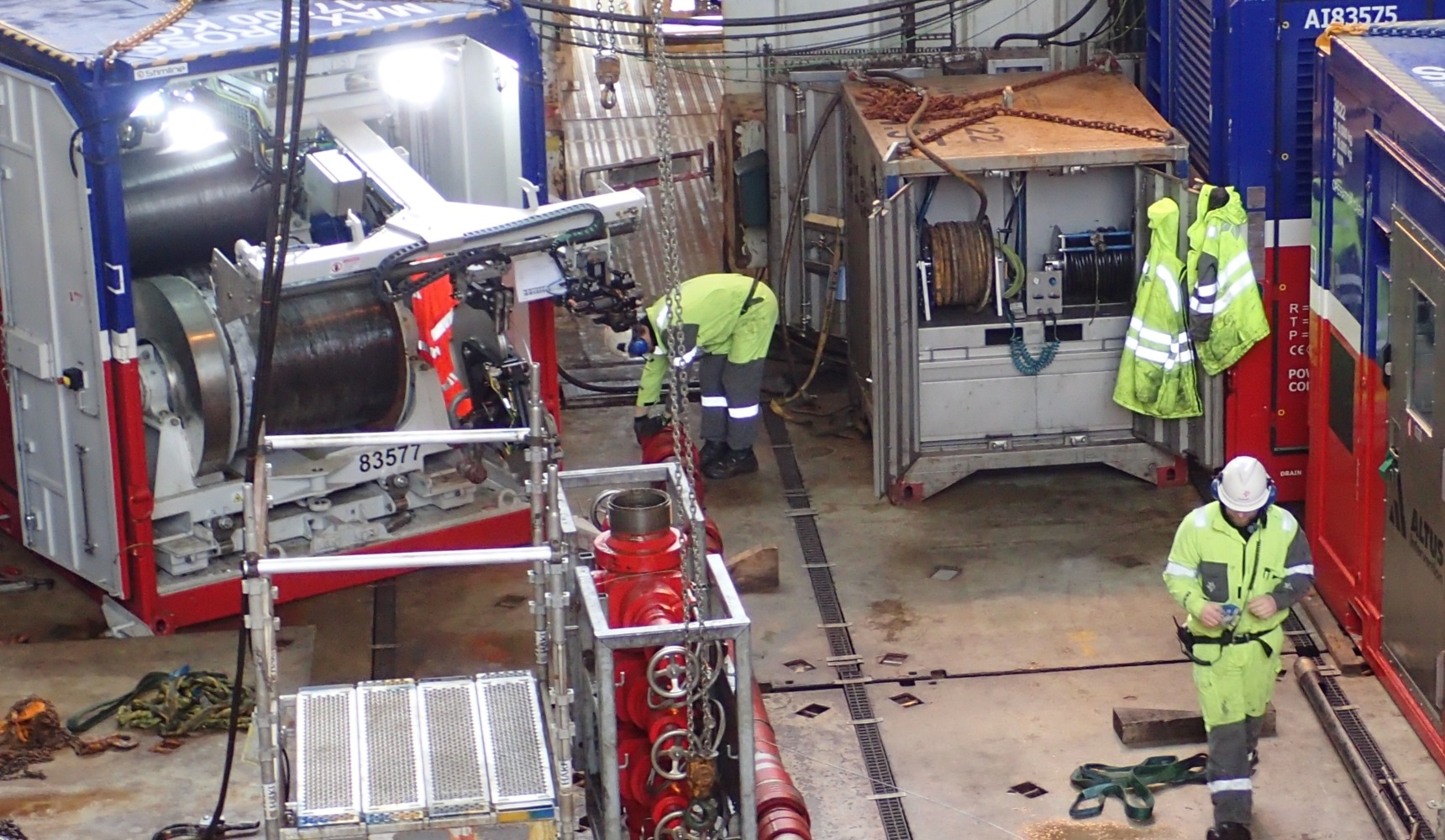New methods of post job analysis (traditional vs new)
Post job analysis (PJA) is the process of consolidating and sharing all of the details from a job, like well intervention and P&A operations. It is...
3 min read
Merve Dulger Oct 31, 2023 8:30:00 AM

Have you just perfected procedures and best practices, only to have them outdated by a new tool or technology? Have you ever been caught off guard by an undocumented set of conditions or behavior in a new well?
These are occurrences that will only increase if we do not find ways to learn from our experiences more efficiently and transfer this knowledge. Luckily, there are solutions available that can take both operational success rate and safety to the next level.
In this article we will look at how collaborative digital software solutions can reduce HSE incidents, while being an efficient digital assistant to your operations.
Despite huge progress in mitigation of HSE incidents the last decades, it is still both a concern and expense for the oil and gas industry. It may be hard to pin-point any top reason for specific accidents, but we can make a list of human tendencies that could be addressed with emerging solutions, which in turn will make rigs and platform a safer workplace.
HSE incidents are often traced to the following causes:
We have seen how modern planning, reporting and supervision practices have greatly reduced the number of incidents in the offshore industry. Rigid procedures for Safety meetings before an operation starts, made a huge impact on the statistics when it was introduced. Making this happen involved huge efforts in mapping out weak-points in procedures and communication-chains. In some instances, a new crystal-clear vocabulary, one that can be communicated in a range of languages, had to be developed.
Today, what built the foundation of the initial HSE reforms are seeing a new challenge. Expertise is leaving the industry and with them their experience and input. The knowledge of the individuals seeking other opportunities may be recorded, but will often not see the light of day, past the post job analysis meetings. Additionally, new tools are applied in an increasing rate.
The impact of modern HSE processes have been huge, and you can neither critique the methodology or efforts of the oil companies in this regard. However, the oil industry is a dynamic system in constant development. We need a way for HSE efforts to keep up. Big data and software tools are a way to that end, introducing new methods for further improvements.
Read more: Top Five Methods to Avoid Problems During Well Intervention
Perhaps the biggest reason for why digitalization and automation will be so important in the coming decade, is how new technologies and solutions are being deployed in an increasing pace. This can leave a “Knowledge vacuum”. New tools and procedures increasing production will also introduce new ways for things to go wrong.
Platforms and rigs are generating an increasing amount of data from all processes and systems. More advanced tools and technology bring with them sophisticated sensors and data gathering capabilities, into production environments. This is currently an underutilized resource, but of great value, when seeking to update HSE procedures and practices. However, the amount of data is of a challenging amount, at least if approached with the same methods as initial HSE efforts.
With new and more advanced equipment being applied, everything before and after in the production chain must evolve as well. Without a better way of utilizing this information and accelerating HSE in the same manner as we have production technologies, it could lead to a new wave of injuries and loss of life.
We need a solution for consolidating and centralizing all this new data and emerging experiences, and actively utilize it at scale. Currently, there are huge amount of data and information holding valuable experience and knowledge, split up across different computers, cloud folders and operation reports. Making this accessible to everyone involved, is just the beginning.
To take HSE incident mitigation to the next level, there must be a system that uses this data as foundation for finding the user/operator that needs it. Put simply, the system must have context of the operation at hand, and based on that and previous operations, advise, warn, and assist.
Read more: Thank Goodness We Decided That Openness Is The Way Forward
Say for drilling, completions, intervention or P&A operations, warnings, visualization, and advisements should be based on data and experiences from other wells with similar conditions and operations. Besides increasing the success rate and safety of an operation, establishes a foundation of expertise and knowledge for new technologies and their methods.
This also benefits new expertise on-site. Engineers fresh to a project can be onboarded at a next-level pace. Their fresh ideas and outside perspectives also help improve these collaborative software solutions even further.
These solutions are available today and only continue to evolve and develop. For instance, auditing and refinement of the data, and their meaning for an operation, can be further accelerated by AI workflows and automation. In short, the clouds are the limit for what only waits for mass adoption.
Mitigating HSE risk means to a large degree of providing tools that circumvent the tendencies that cause them. Miscommunication, poor transfer of knowledge and expertise may be one of these main factors.
However, by letting a collaborative software solution do most of the “talking”, you get more sophisticated supervision of an operation, gaining knowledge from it to a next level extent, and learn and understand new equipment and tools quicker.

Post job analysis (PJA) is the process of consolidating and sharing all of the details from a job, like well intervention and P&A operations. It is...

An oil well has three main phases: Construction; production; decommissioning. One of the steps of decommissioning is Plug and Abandonment (P&A),...

Well Interventions are becoming a focus for energy companies looking to maximize the production of existing wells in times where environmental...